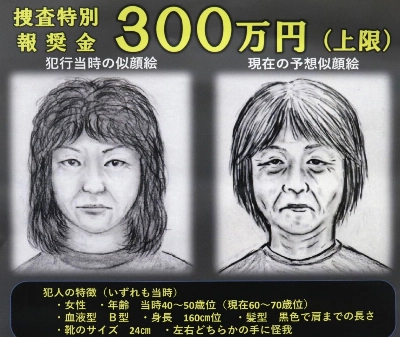In 1582, Toyotomi Hideyoshi (1536-98), a man of humble origins, became Japan's taiko (prime minister) after the death of the warlord Oda Nobunaga. But the taiko in "Ehon Taikoki (Records of the Taiko)," a bunraku (traditional Japanese puppet) play written by Chikamatsu Yanagi and collaborators in 1799, refers more properly to the general Akechi Mitsuhide, (called Takechi Mitsuhide in the play), who had assassinated Nobunaga (called Oda Harunaga), his and Hideyoshi's overlord, because of his tyrannical conduct.
In his efforts to unite Japan into a single country in the 16th century, Nobunaga was willing to attack anyone, including Buddhist monks who wielded great power at the time, and even innocent members of his enemies' families. After Nobunaga's death, Hideyoshi (called Mashiba Hisayoshi in the play), briefly Mitsuhide and ultimately Tokugawa Ieyasu — who founded the Tokugawa Shogunate — jostled for control of the country.
Popular in its original 1799 bunraku staging in Osaka, one year later "Ehon Taikoki" generated even greater acclaim as a maruhon kabuki — a kabuki play based entirely on a bunraku script. (While kabuki frequently borrowed from bunraku, the reverse never happened, due to the relative simplicity of kabuki plots.)















With your current subscription plan you can comment on stories. However, before writing your first comment, please create a display name in the Profile section of your subscriber account page.